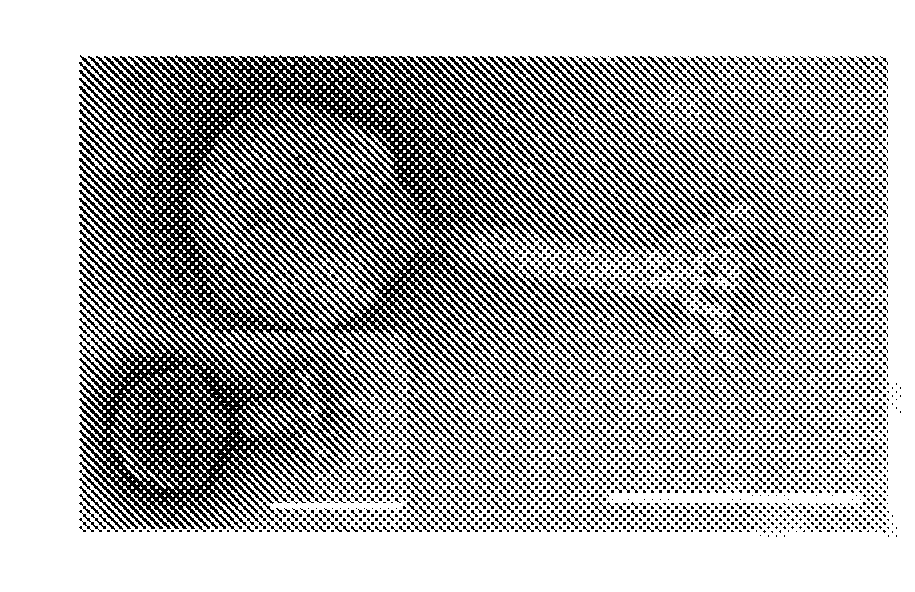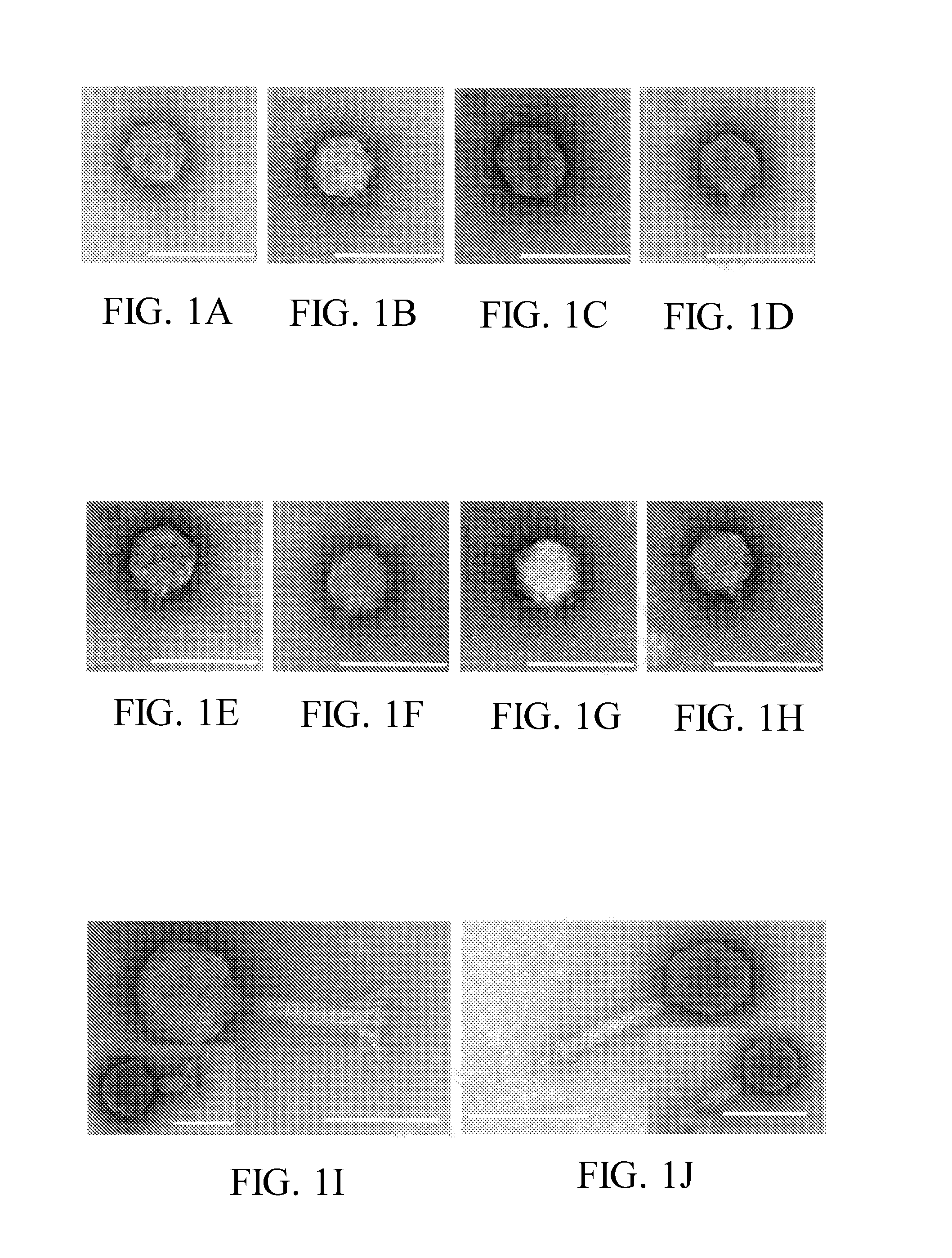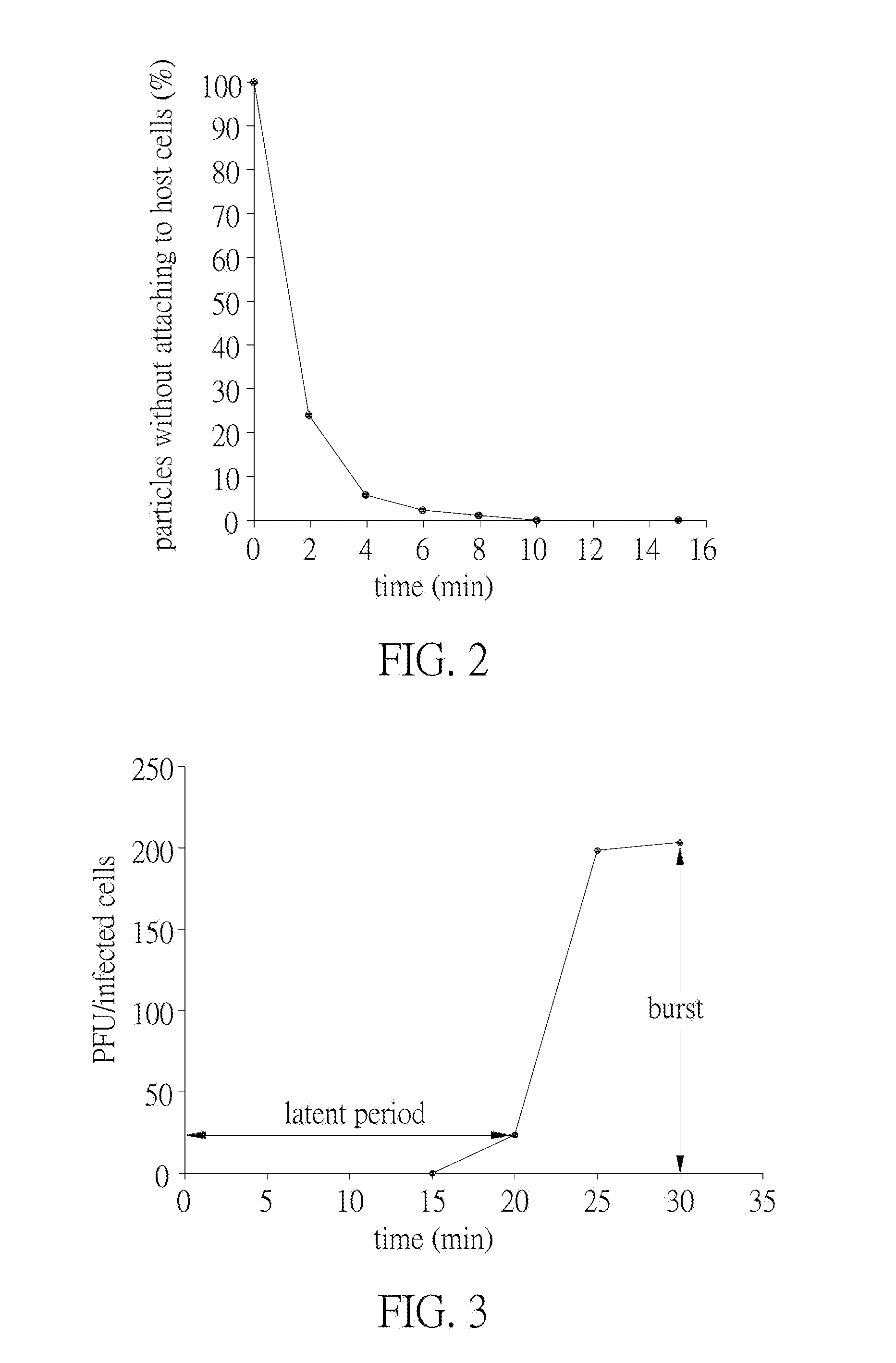Disinfectant composition comprising phage
a technology of phage and disinfectant, which is applied in the direction of disinfectants, biocide, recovery/purification, etc., can solve the problems of no effective antibiotic therapy, no effective antibiotic therapy for patients infected by these bacteria, and difficult to treat patients with expensive and novel antibiotics. , to achieve the effect of reducing the amount of target bacteria, simple and effective, and reducing the bioactivity of the target bacteria
- Summary
- Abstract
- Description
- Claims
- Application Information
AI Technical Summary
Benefits of technology
Problems solved by technology
Method used
Image
Examples
example 1
[0047]Preparation of Phages: Samples were Collected from Washing Solution of Catheter, waste water from drainage systems and untreated waste water in Buddhist Tzu Chi General Hospital, Hualien. The samples were respectively centrifuged at 5,000×g for 10 minutes, and then the supernatants were filtered via filters of 0.45 μm for plaque tests.
[0048]10 μl of filtrate was dropped to bacterial lawns of Acinetobacter baumannii. If there were phages in the filtrate, there would be clear zones on the bacterial lawns. Then, the clear zones were picked up and immersed in LB medium, which was filtered to remove bacteria, so as to obtain high concentrated phage solution. Subsequently, the concentrated phage solution was diluted, and plated on the LB plate to form plaques. Single plaque isolation process was performed for at least twice to obtain pure phages.
[0049]After identification, there were ten strains of Acinetobacter baumannii phages obtained in the present invention, named as φAB1-9 and...
example 2
[0050]In order to test the host cell specificity of phages obtained in the present invention, 127 strains AB were used, in which 125 strains were collected from Buddhist Tzu Chi General Hospital, Hualien, and 2 strains (ATCC 19606 and ATCC 17978) were obtained from ATCC (American Type Culture Collection).
[0051]The bacteria were cultured in the LB medium (Difco Laboratories, Detroit, Mich., USA) at 37° C., and the bacterial growth was monitored by turbidity at OD600. When OD unit was 1, the bacterial concentration was 3×108 cells / ml. Bacterial lawns were prepared by covering 1.8% of LB agar plate with a layer of 0.7% of LB agar having host cells (strains as listed in Table 1, and 127 AB strains mentioned above).
[0052]10 μl of phage (pure strain or mixture) solution (1010 PFU / ml) was dropped into the bacterial lawns. The agar plate was dried for 10 minutes in the laminar flow, and then incubated at 37° C. for 18-20 hours. Subsequently, the production of plaques was observed.
TABLE 1Spe...
example 3
[0055]The AB culture (host cell) was incubated to OD600 as 0.6 U, and then the Acinetobacter baumannii phages (pure strain or mixture) were added to the host cell culture (MOI: 0.0005) and incubated at room temperature. At the time points of 0, 1, 2, 3, 4, 5, 10, 20 and 30 min, 100 μl of culture was sampled and diluted with 0.9 ml of cold LB, and then centrifuged at 12,000×g for 5 minutes. The supernatant was collected, and the amount of the phage without attaching to host cells was determined The result is shown in FIG. 2.
[0056]Upon observation of the host cell culture added with the phages, the culture solution turned from turbid into clear in 100 minutes. It is proved that the host cells were all lysed, and thus the disinfectant composition of the present invention has disinfection effects.
[0057]As shown in FIG. 2, about 75% of the phage particles attached to the host cells in 2 minutes, about 95% of the phage particles attached to the host cells in 4 minutes, and all the phage p...
PUM
| Property | Measurement | Unit |
|---|---|---|
| Acidity | aaaaa | aaaaa |
| Acidity | aaaaa | aaaaa |
| Fraction | aaaaa | aaaaa |
Abstract
Description
Claims
Application Information
 Login to View More
Login to View More - R&D
- Intellectual Property
- Life Sciences
- Materials
- Tech Scout
- Unparalleled Data Quality
- Higher Quality Content
- 60% Fewer Hallucinations
Browse by: Latest US Patents, China's latest patents, Technical Efficacy Thesaurus, Application Domain, Technology Topic, Popular Technical Reports.
© 2025 PatSnap. All rights reserved.Legal|Privacy policy|Modern Slavery Act Transparency Statement|Sitemap|About US| Contact US: help@patsnap.com



